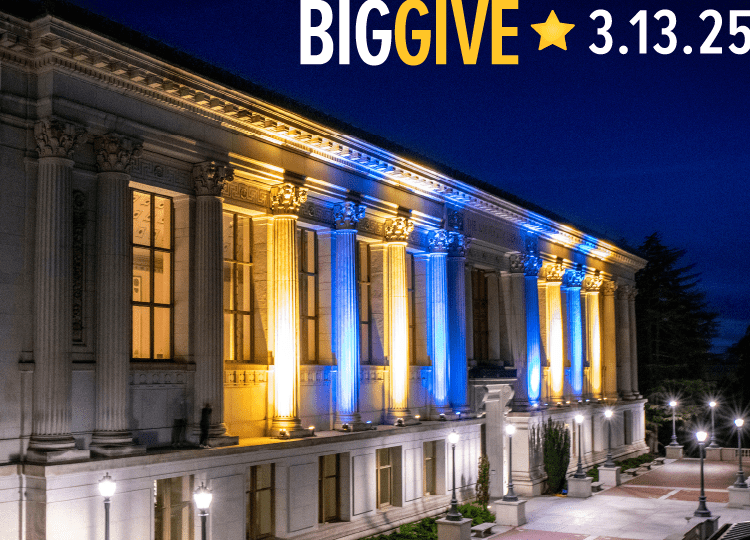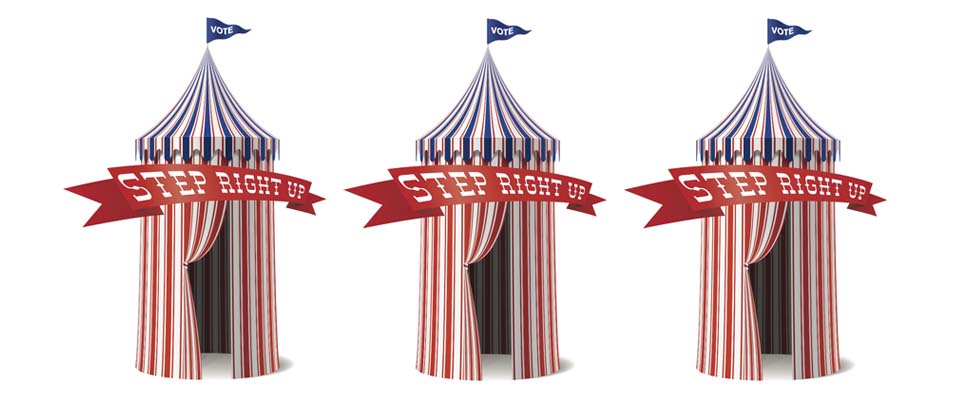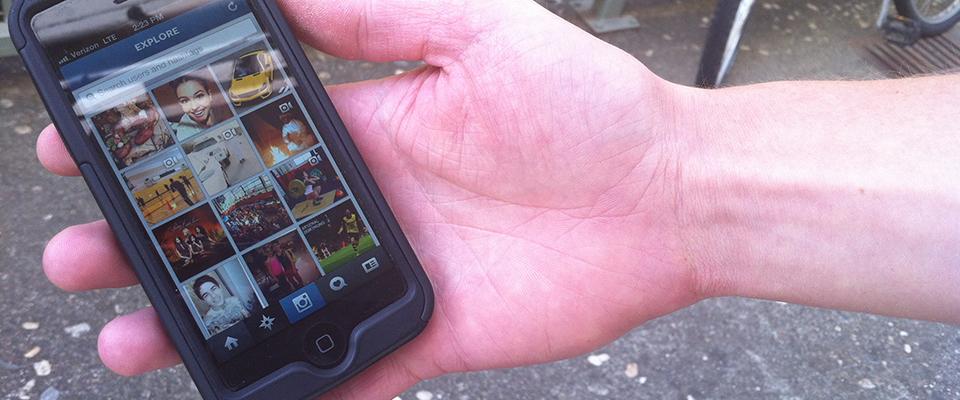If you shared Facebook’s “I’m A Voter” app in a recent election, you might have become a nice data point for the social media giant and a couple of resourceful political scientists. In the 2010 midterms, the graphic was pinned to 61 million newsfeeds and it turned out that users who saw that their friends were voting were .4 percent more likely to vote than those in the control group (the people without the app). Apparently, this social pressure added 340,000 new voters to the 2010 election cycle.
I first learned about this in the 2012 elections and with a little googling, found that Facebook had in the past attracted controversy with these types of large-scale social manipulations, notably in an “emotional contagion” experiment. In that study, data scientists altered the newsfeed items of more than 600,000 users, giving some mostly positive items and others mostly negative ones. Unsurprisingly, the negative group was more likely to produce negative posts themselves and the positive group, positive posts.
I was surprised at my own reaction. Instead of feeling violated for being manipulated or exasperated by another self-congratulatory social-media trend, the existential scientist in me found the idea of being an unknowing participant in a large-scale social science experiment, basically a lab rat, weirdly thrilling.
Instead of feeling violated for being manipulated or exasperated by another self-congratulatory social-media trend, the existential scientist in me found the idea of being an unknowing participant in a large-scale social science experiment, basically a lab rat, weirdly thrilling.
When the voting app first popped up on my own feed, I initially cringed. Standing on your online soapbox and shouting “I voted!” to rack up a few Likes just felt like blatant attention seeking (which of course is the nature of the social media beast). Shouldn’t filling out your ballot in a silent preschool polling location be enough?
As election day progressed, I noticed more of my Facebook “friends” posting the button. The thumbnail faces of my real (not quote-unquote) friends who used the app were displayed at the top. Later, I learned that Facebook used algorithms looking at who you most interact with on the site to make pretty good guesses at who your actual friends are. They used this feature in the study to test whether your close friends versus random “friends” had more sway on your actions. I bet you can guess the results.
Anyway, even though I think voting is one of my most important responsibilities as a U.S. citizen, I would have to take off work that day. I started wondering what would happen if I just skipped this one. Who would care? But when I pulled up Facebook, I saw a few of my good friends had already been to the polls and had posted about it. What if I ran into them in person and they happen to ask if I voted too? I guess I had to now.
The social pressure, social encouragement, whatever you want to call it, worked. If Facebook brings back the button for this election, I’ll be wiser to its power, but it will most likely work again.
Some people find this invasive, undemocratic, or just plain creepy. But I feel like it’s old news that Facebook and Google and Target.com mine your data to paint hyper-accurate portraits of you in order to sell you more stuff. Honestly, they might as well use my data and online vulnerability to make me do something useful, such as voting.
Maybe I’m just a weirdo Millennial who gets excited about her own sheep-like willingness to be manipulated into fulfilling her civic duty. But knowing I might have been part of a study that helps people learn about the crossroads of human nature, technology, and democracy, I can’t help but feel like I was part of something bigger than myself. Which coincidentally, is how the Facebook voting button turns out the vote.
California intern Kaitlyn Kraybill-Voth is a multimedia journalist who usually covers science, but has discovered writing in first person is also lots of fun.






















